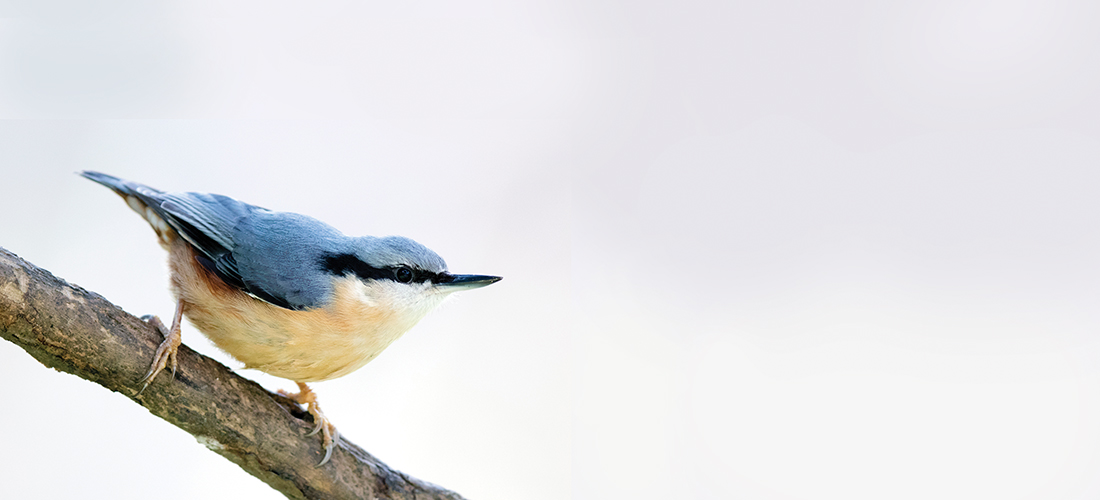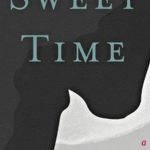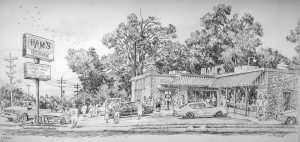
Merry, White-Breasted and Bright
For the white-breasted nuthatch, there’s no nut too tough to crack
By Susan Campbell
What is that little bird scrambling, upside down along that branch — or hanging wrong-side-up from the suet feeder? A nuthatch of course! Take a closer look. If it is a mixture of gray, black and white, it is likely a white-breasted nuthatch. This handsome bird’s bright white breast contrasts with a gray back and wings — capped off with a black nape, neck and crown. Males and females, young and older birds — they all look identical.
White-breasteds, with their distintive “yank, yank, yank” calls, can be commonly found throughout most of the United States. The name “nuthatch” is derived from “nut hack,” which describes the way they often feed. Watch how these birds wedge potential food items into crevices in the tree bark and use their powerful bills to work their way into the fleshy, oily tidbits. These energetic little birds may also cache seeds (feeder seeds in particular) during colder weather by jamming dozens into the furrows of the bark of nearby trees.
Nuthatches just like their cousins the titmice and chickadees, are cavity dwellers. They love nest boxes and use them not only during the nesting season but for roosting. Family groups of up to six individuals remain together both day and night until early spring. And as a result, they can be quite noisy as they call repeatedly to keep track of one another as they move across the landscape. Furthermore, during the nonbreeding season, they will flock up with titmice and chickadees. There is certainly safety in numbers for all of these small birds. And the more eyes there are, the more likely they’ll find food.
These little birds not only eat a variety of seeds but caterpillars during the warmer months. They can readily be attracted to the all-around favorite black-oil sunflower seed at feeding stations. But they also love suet: high protein food that was once made with the fat that surrounds the kidneys of cows after it’s rendered. The irresistible “no melt” suet I offer is a homemade mix of lard and peanut butter studded with grains. Nuthatches cannot get enough of it – any day of the year!
During the winter months, there are actually three species of nuthatches you might expect in our region of the state. The smaller brown-headed nuthatches are also year-round residents of pine forests here, but the more northerly red-breasteds may appear as well. Red-breasted nuthatches only move in our direction in years of poor northerly cone production. This is looking to be one of those years! I have already heard one in Southern Pines and several folks have reported them at their feeders in central North Carolina in recent weeks. These little birds, which are intermediate in size between white-breasteds and brown-headeds, have a white eye line and rosey chests. Red-breasted nuthatches love black-oil sunflower seeds as well as suet. They can be quite feisty and frequently dominate any feeders they take a liking to. Until one or two red-breasteds make an appearance, enjoy the antics of our local nuthatches scrambling around, often upside down, on the oaks and pines!
No Melt Suet Recipe:
1 cup lard or bacon grease
1 cup peanut butter
Melt together and add:
1 cup flour
2 cups uncooked oatmeal or other grain
2–4 cups yellow cornmeal depending on desired consistency — less for pouring into a mold to slice for suet cages in cold weather or more crumbling onto a platform feeder. OH
Susan would love to receive your wildlife sightings and photographs at
susan@ncaves.com.





